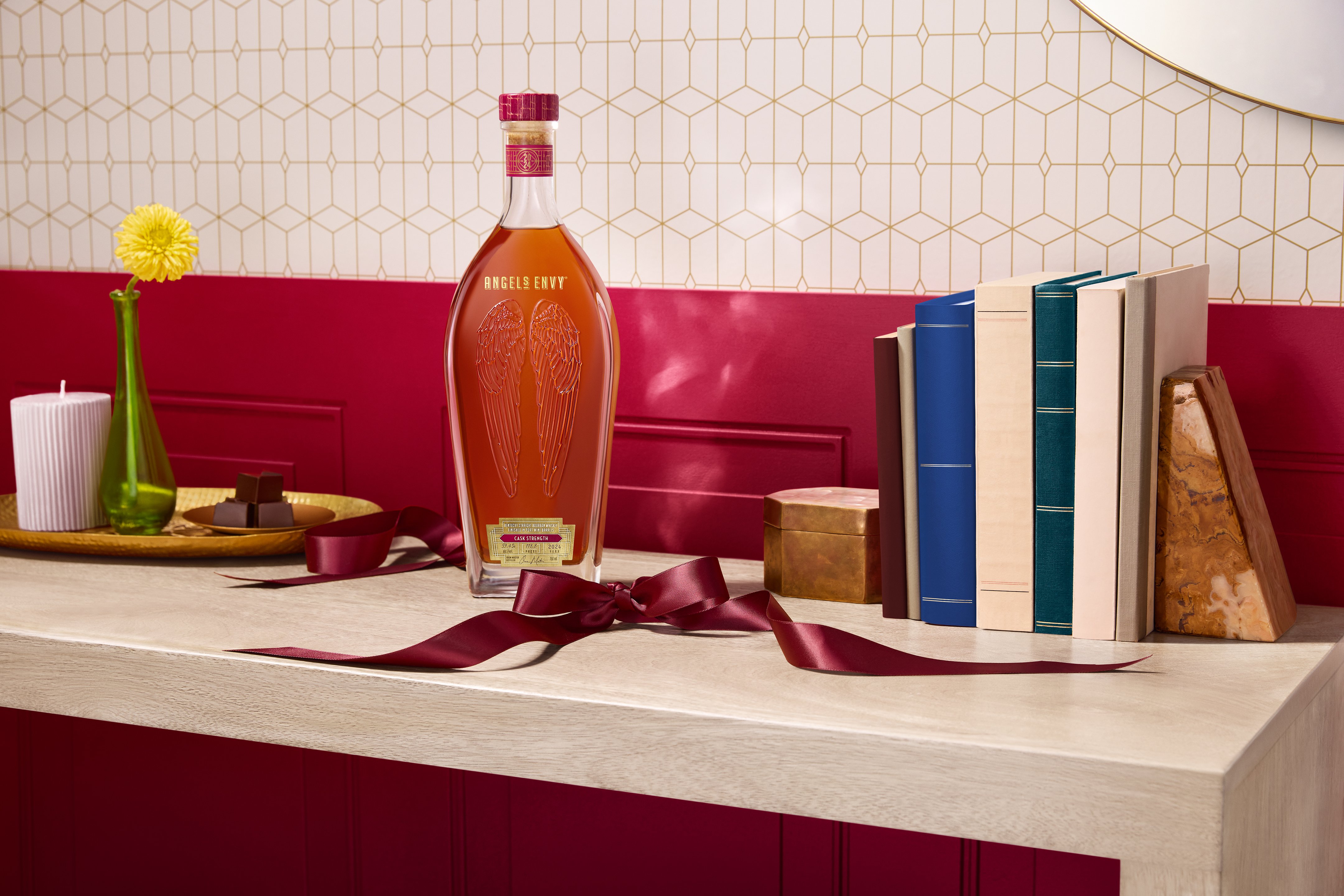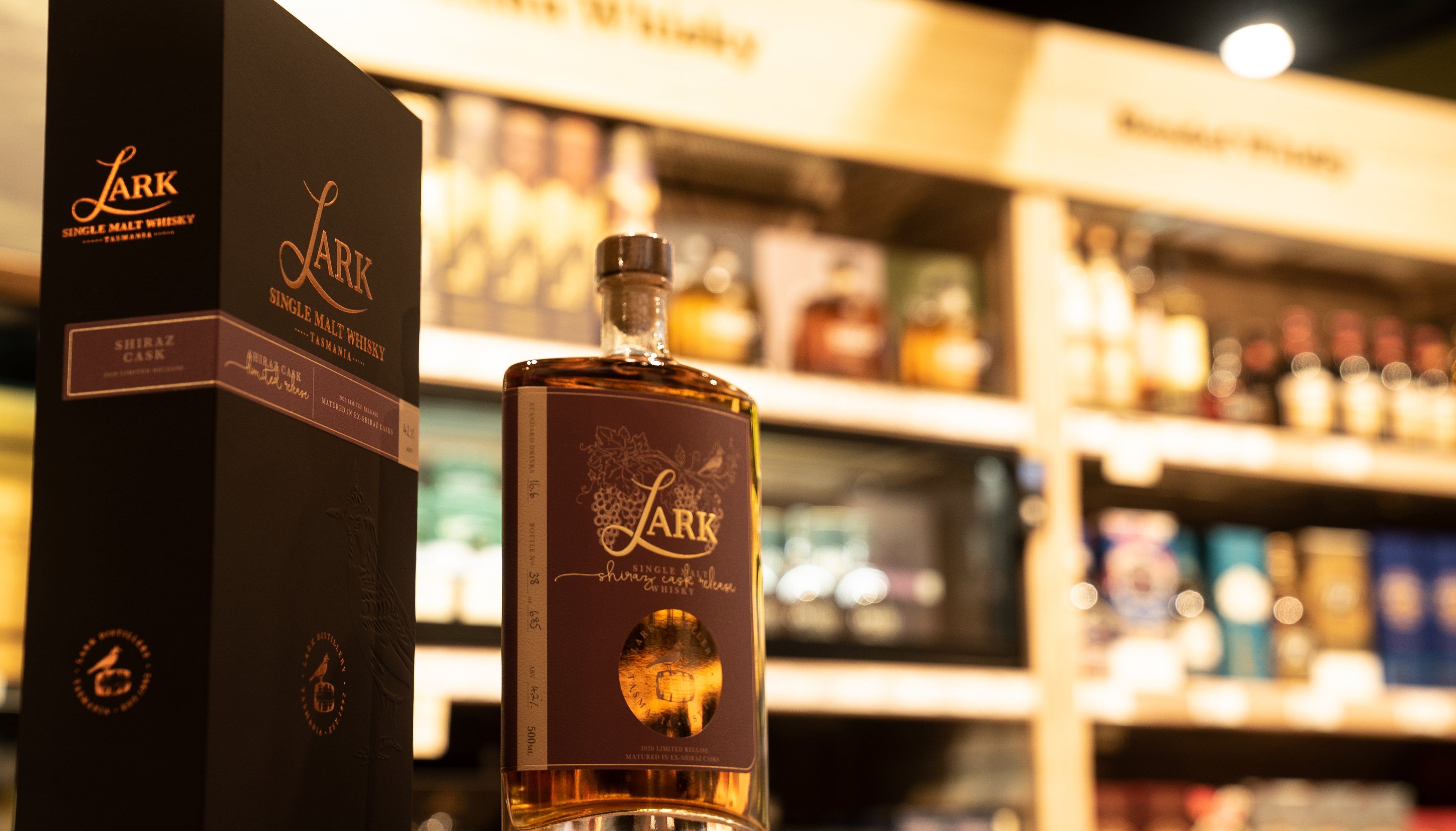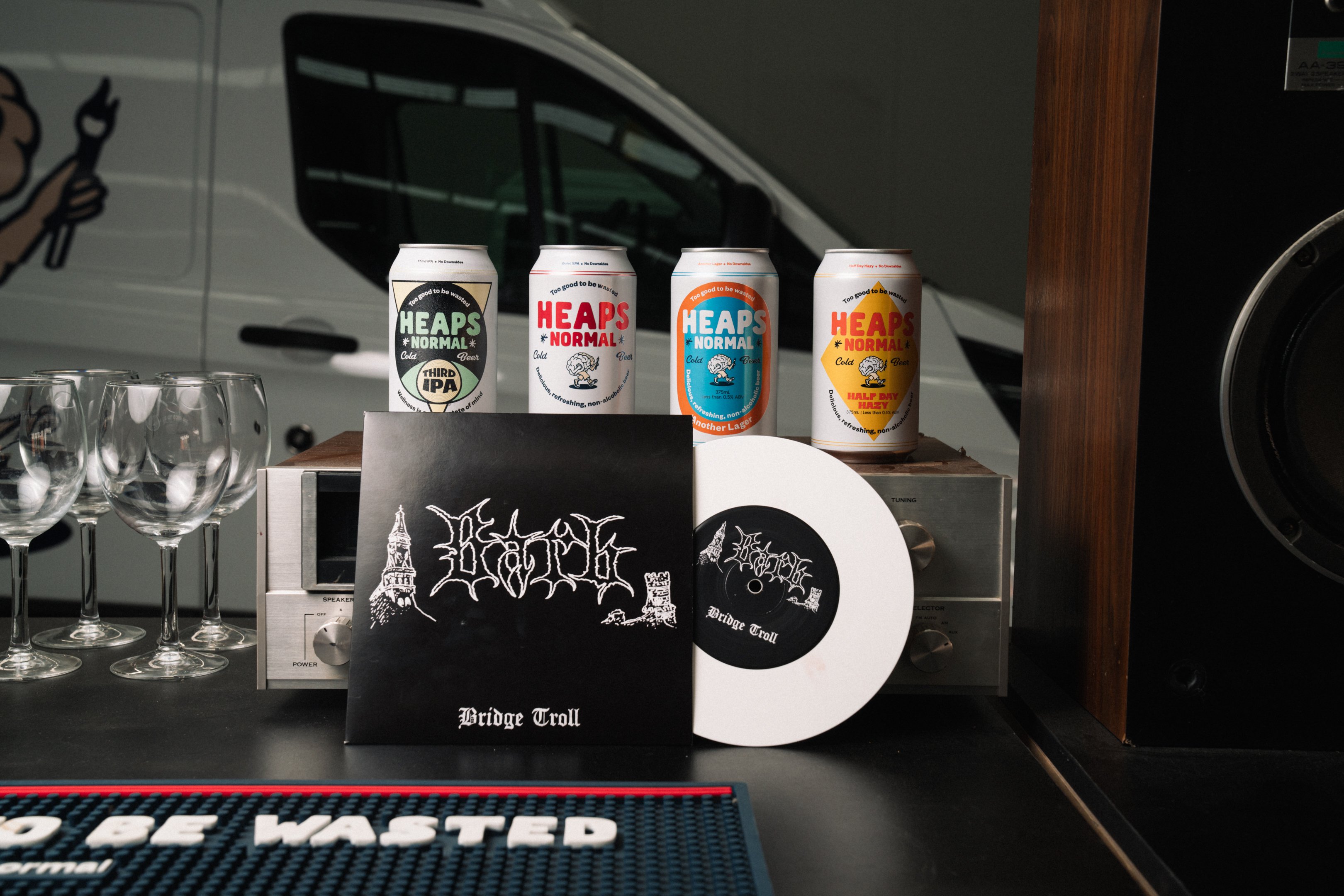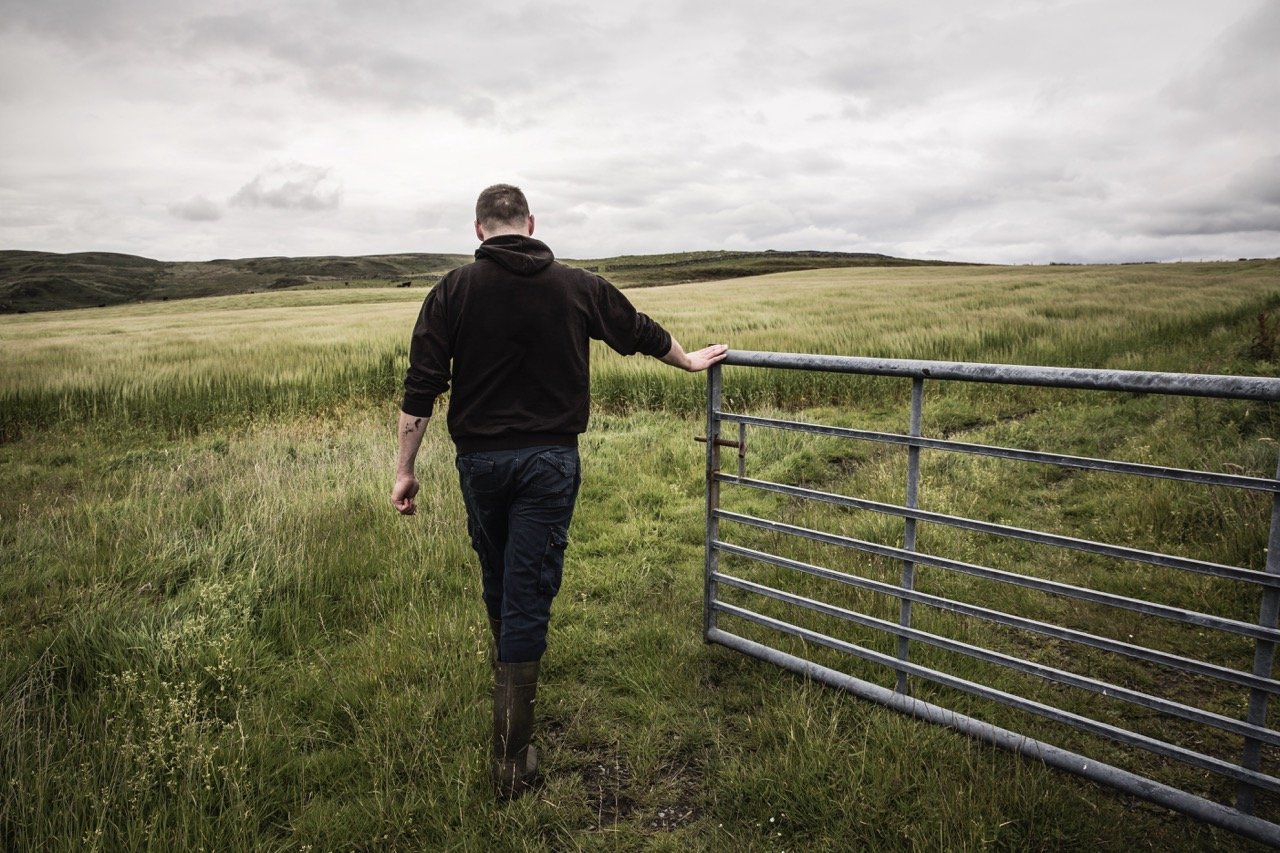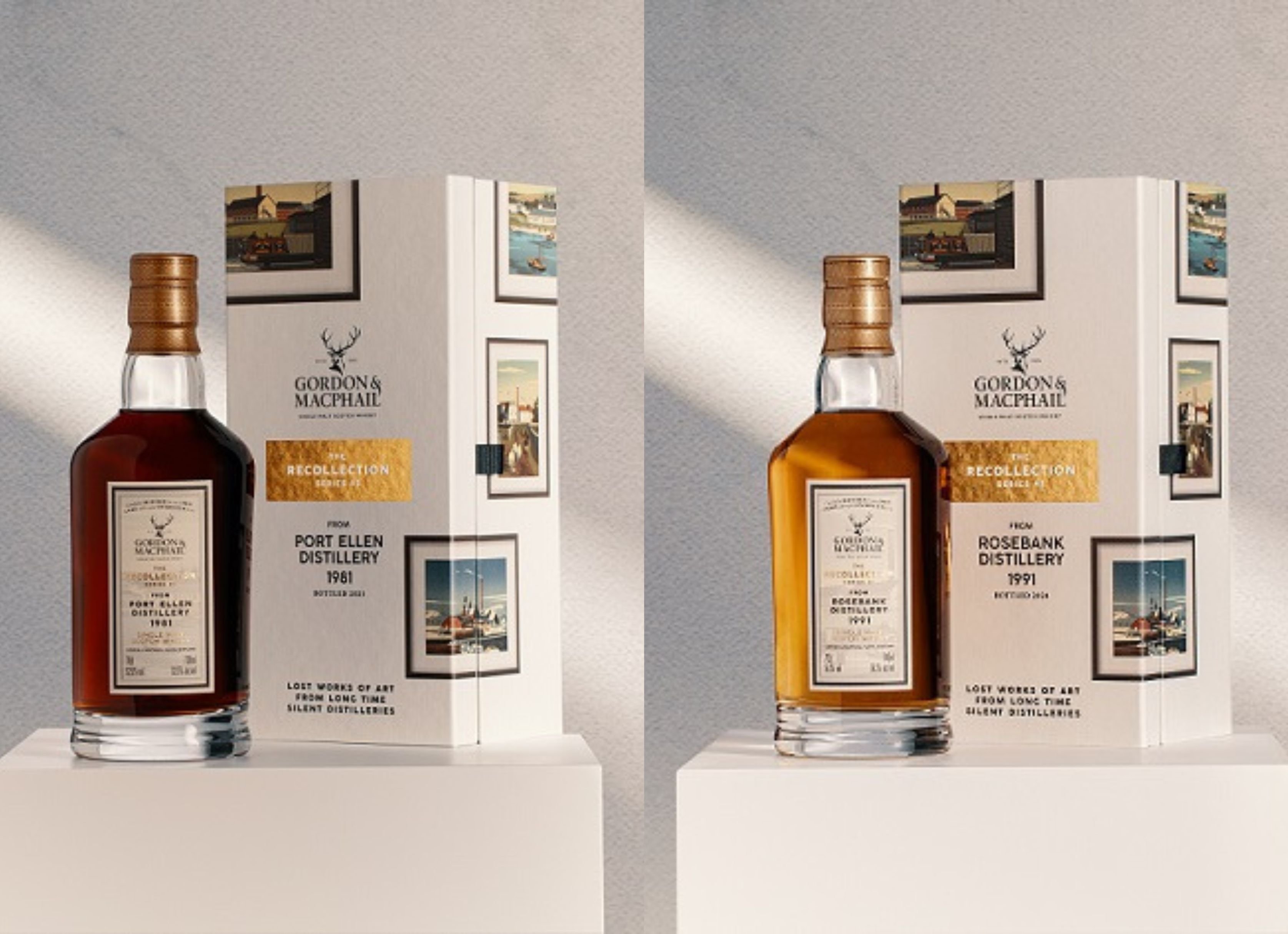Hosting any kind of tasting in your venue or shop is a great way to educate customers and introduce them to new products. Here, expert Chris Middleton explains how to host a whisky tasting.
Room preparation
Tasting events need a neutral environment to focus the attention on the whisky. Start with a quiet, comfortable room with minimal distractions. Set up tables on which the whisky flight can be laid out in order of tasting, ideally on a whisky mat. Distracting smells must also be avoided - cooking, paint, flowers and smoke, as well as the use of scented soap, aftershave and perfume.
Time
The senses are usually at their peak sensitivity in the morning, but evenings are also suitable and obviously more practical as convivial tastings. Professional whisky tasters conduct their
Whisky flight
A term used to describe a series of whiskies at a tasting. Six is usually the maximum number to prevent sensory overload. It is practical to design and print an A4 tasting mat where glasses are set out in numerical order. This will ensure glasses can be kept in order during the tasting.
Glassware
Small tulip shaped glasses are ideal, they permit the whisky to be swirled and then channel the aromas up a chimney-like neck for nosing.
When the whisky has been poured into the glass, place a disc (watch glass) or piece of paper over the top of the glass to retain the aromas before the tasting begins.
ABV
Most whisky is 40% to 46% ABV. The whisky should be nosed and initially tasted at the bottled strength. This is the ideal strength the distiller believes exhibits the whisky’s best qualities.
Reducing the strength by adding water allows the drinker to suit their own palate. Adding water will open the whisky up by breaking the surface tension and releasing water soluble volatiles.
Pour size
Ten to 15ml is usually a good volume for nosing and tasting.
Tasting order
The general practice is usually lightest to heaviest so one dominant whisky does not overwhelm the progression of flavour and alcoholic strength. When exhibiting different national types and grains (aged bourbon and aged malt), sweetness and other factors may need to be considered to achieve a balanced comparison.
During the tasting. you should return to an earlier tasted sample, as this heightens comparative differences and aromatic changes that occur over time as the air oxidises the whisky.
Water
Water is essential for cleansing the palate and reducing the whisky’s strength during the tasting. A bottle of spring or purified water is an ideal source to open up the whisky during the tasting.
Never add ice as coldness suppresses the senses and produces uneven dilution.
Sensory Neutralisers
During the nosing and tasting, the senses can become fatigued and need arousal. Roasted coffee beans are a useful product to neutralise smell, while water serves to clean and stabilise the palate and can also re-set your nasal sensors. Bread and dry crackers without salt or seasoning are also useful.
Tasting Themes
Whisky themes give the tasting an interesting context by comparing different flavour combinations and production methods. These can range from observing different ages, blends, styles and even prices. Different countries, different whisky grains (rye, barley, corn), by flavour groups (fruity, smoky), different wood policies (ex-bourbon, sherry, finishes) and even to the randomness of compass extremes (south/north and east/west).
Food with whisky
Having snacks is always an enjoyable accompaniment. Fatty and starchy foods such as cheeses, cold meats and bread are ideal food pairings at whisky tastings. They also help moderate the alcohol.
Share the content


